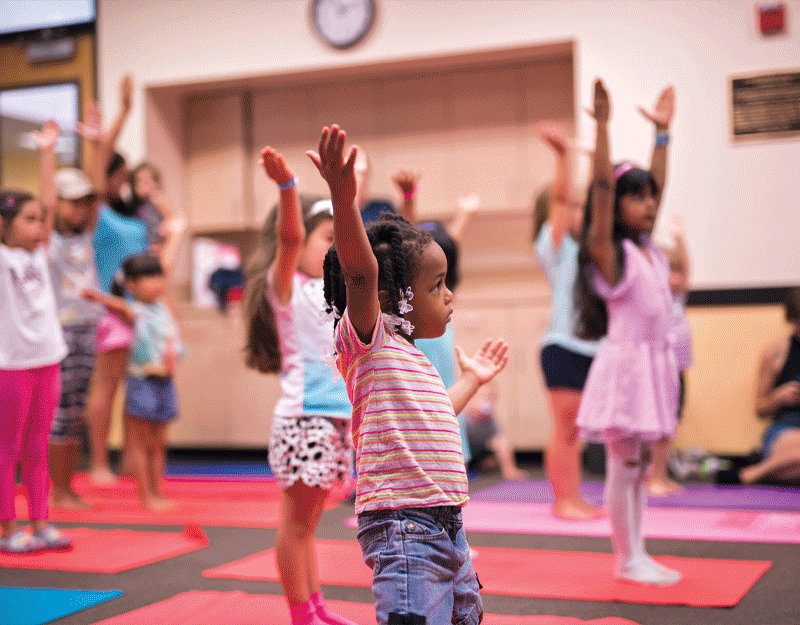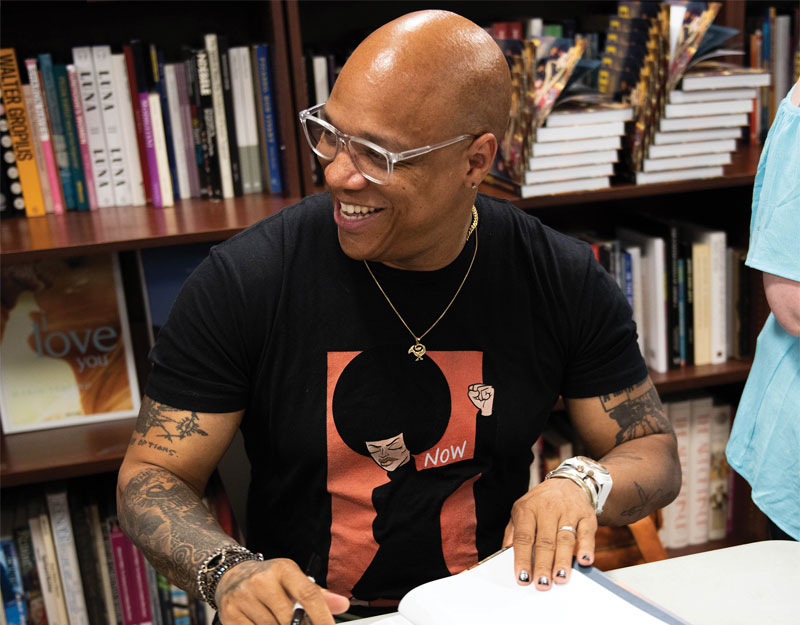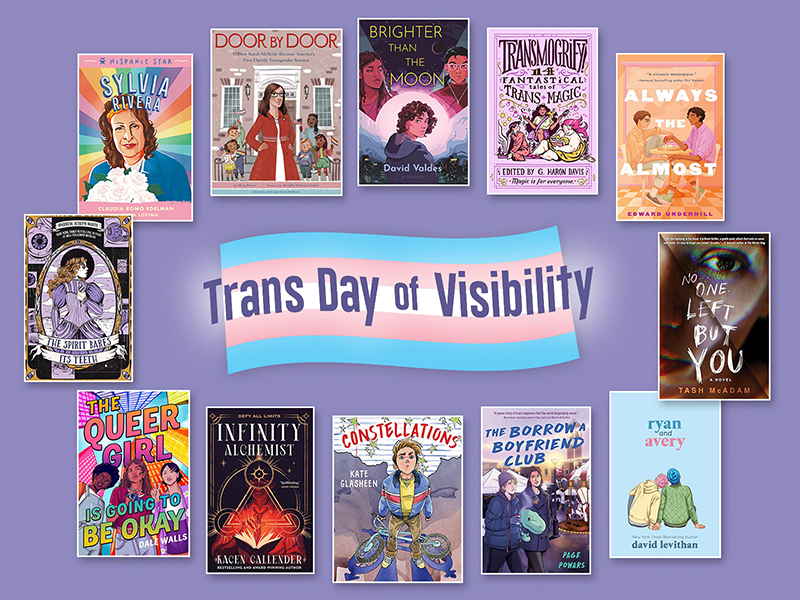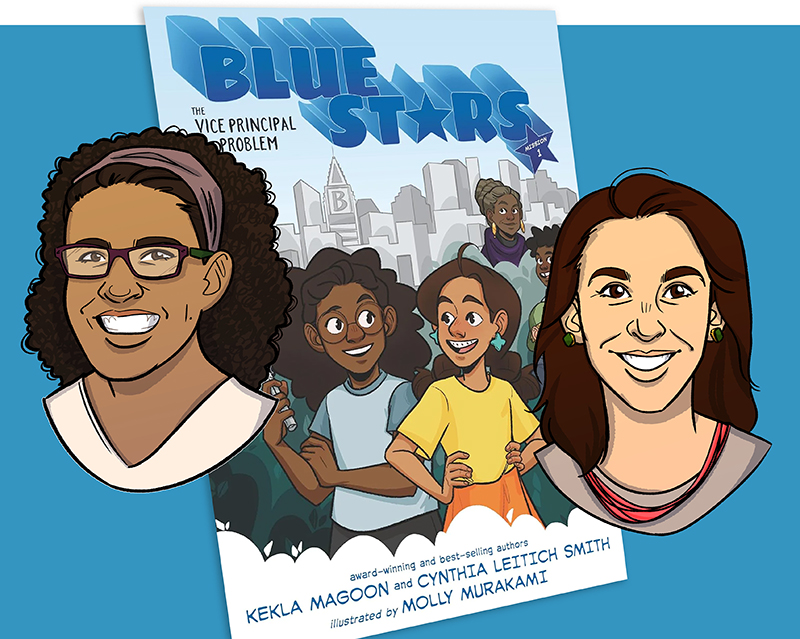Review of the Day: Caminar by Skila Brown
 Caminar
Caminar
By Skila Brown
Candlewick Press
$15.99
ISBN: 978-0763665166
Ages 9-12
On shelves now
Survivor’s guilt. Not the most common theme in children’s books these days. Not unheard of certainly, but it definitely doesn’t crop up as often as, say, stories about cupcakes or plucky orphans that have to defeat evil wizards. Serious works of fiction do well when award season comes along, but that’s only because those few that garner recognition are incredibly difficult to write. I’ll confess to you that when I first encountered Caminar by Skila Brown I heard it was about a kid surviving Guatemala’s Civil War and I instantly assumed it would be boring. Seems pretty silly to say that I thought a book chock-full o’ genocide would be a snorefest, but I’ve been burned before. True, I knew that Caminar was a verse novel and that gave me hope, but would it be enough? Fortunately, when the time came to pick it up it sucked me in from the very first page. Gripping and good, horrifying and beautifully wrought, if you’re gonna read just one children’s book on a real world reign of terror, why not go with this one?
He isn’t big. He isn’t tall. He has the round face of an owl and he tends to do whatever it is his mother requires of him with very little objection. Really, is it any wonder that Carlos is entranced by the freedom of the soldiers that enter his small village? The year is 1981 and in Chopan, Guatemala things are tense. One minute you have strange soldiers coming through the village on the hunt for rebels. The next minute the rebels are coming through as well, looking for food and aid. And when Carlos’s mother tells him that in the event of an emergency he is to run away and not wait for her, it’s not what he wants to hear. Needless to say, there comes a day when running is the only option but Carlos finds it difficult to carry on. He can survive in the wild, sleeping in trees and eating roots and plants, but how does he deal with the notion that only cowardice kept him from returning to Chopan? How does he handle his guilt? And is there some act that he can do to find peace of mind once more?
ADVERTISEMENT
ADVERTISEMENT
This isn’t the first book containing mass killings I’ve ever encountered for kids. Heck, it’s not even the only one I’ve seen this year (hat tip to The Red Pencil by Andrea Davis Pinkney). As such, this brings up a big question that the authors of such books must wrestle with each and every time such a book is conceived. Mainly, how do you make horrific violence palatable to young readers? A good follow-up question would have to be, why should you make it palatable in the first place? What is the value in teaching about the worst that humanity is capable of? There are folks that would mention that there is great value in this. Some books teach kids that the world is capable of being capricious and cruel with no particular reason whatsoever. Indeed Brown touches on this when Carlos prays to God asking for the answers that even adults seek. When handled well, books about mass killings of any kind, be it the Holocaust or the horrors of Burma, can instruct as well as offer hope. When handled poorly they become salacious, or moments that just use these horrors as an inappropriately tense backdrop to the action.
Here’s what you see when you read the first page of this book. The title is “Where I’m From”. It reads, “Our mountain stood tall, / like the finger that points. / Our corn plants grew in fields, / thick and wide as a thumb. / Our village sat in the folded-between, / in that spot where you pinch something sacred, / to keep it still. / Our mountain stood guard at our backs. / We slept at night in its bed.” I read this and I started rereading and rereading the sentence about how one will “pinch something sacred”. I couldn’t get it out of my head and though I wasn’t able to make perfect sense out of it, it rang true. I’m pleased that it was still in my head around page 119 because at that time I read something significant. Carlos is playing marbles with another kid and we read, “I watched Paco pinch / his fingers around the shooter, pinch / his eyes up every time . . .” Suddenly the start of the book makes a kind of sense that it didn’t before. That’s the joy of Brown’s writing here. She’s constantly including little verbal callbacks that reward the sharp-eyed readers while still remaining great poetry.
If I’m going to be perfectly honest with you, the destruction of Carlos’s village reminded me of nothing so much as the genocide that takes place in Frances Hardinge’s The Lost Conspiracy. That’s a good thing, by the way. It puts you in the scene without getting too graphic. The little bits and pieces you hear are enough. Is there anything more unnerving than someone laughing in the midst of atrocities? In terms of the content, I watched what Brown was doing here with great interest. To write this book she had to walk a tricky path. Reveal too much horror and the book is inappropriate for its intended age bracket. Reveal too little and you’re accused of sugarcoating history. In her particular case the horrors are pinpointed on a single thing all children can relate to: the fear of losing your mother. The repeated beat in this book is Carlos’s mother telling him that he will find her. Note that she never says that she will find him, which would normally be the natural way to put this. Indeed, as it stands the statement wraps up rather beautifully at the end, everything coming full circle.
Brown’s other method of handling this topic was to make the book free verse. Now I haven’t heard too many objections to the book but when I have it involves the particular use of the free verse found here. For example, one adult reader of my acquaintance pretty much dislikes any and all free verse that consists simply of the arbitrary chopping up of sentences. As such, she was incensed by page 28 which is entitled “What Mama Said” and reads simply, “They will / be back.” Now one could argue that by highlighting just that little sentence Brown is foreshadowing the heck out of this book. Personally, I found moments like this to be pitch perfect. I dislike free verse novels that read like arbitrary chopped up sentences too, but that isn’t Caminar. In this book Brown makes an effort to render each poem just that. A poem. Some poems are stronger than others, but they all hang together beautifully.
Debates rage as to how much reality kids should be taught. How young is young enough to know about the Holocaust? What about other famous atrocities? Should you give your child the essentials before they learn possibly misleading information from the wider world? What is a teacher’s responsibility? What is a parent’s? I cannot tell you that there won’t be objections to this book by concerned parental units. Many feel that there are certain dark themes out there that are entirely inappropriate as subject matter in children’s books. But then there are the kids that seek these books out. And honestly, the reason Caminar is a book to seek out isn’t even the subject matter itself per se but rather the great overarching themes that tie the whole thing together. Responsibility. Maturity. Losing your mother. Survival (but at what cost?). A beautifully wrought, delicately written novel that makes the unthinkable palatable to the young.
On shelves now.
Source: Final copy sent from publisher for review.
Like This? Then Try:
- The Red Pencil by Andrea Davis Pinkney
- Brothers in Hope: The Story of the Lost Boys of Sudan by Mary Williams
- Bamboo People by Mitali Perkins
- The Boy on the Wooden Box by Leon Leyson
Filed under: Best Books, Best Books of 2014, Reviews, Reviews 2014
About Betsy Bird
Betsy Bird is currently the Collection Development Manager of the Evanston Public Library system and a former Materials Specialist for New York Public Library. She has served on Newbery, written for Horn Book, and has done other lovely little things that she'd love to tell you about but that she's sure you'd find more interesting to hear of in person. Her opinions are her own and do not reflect those of EPL, SLJ, or any of the other acronyms you might be able to name. Follow her on Twitter: @fuseeight.
ADVERTISEMENT
ADVERTISEMENT
SLJ Blog Network
One Star Review, Guess Who? (#202)
Exclusive: Giant Magical Otters Invade New Hex Vet Graphic Novel | News
Parsing Religion in Public Schools
Take Five: LGBTQIA+ Middle Grade Novels
ADVERTISEMENT








I never thought I’d like novels in verse until reading Inside Out and Back Again, which I *loved*. Since then, thinking about it, I think verse is an excellent way to touch on complex and difficult subjects–because it’s literally just a touch. A touch can evoke as little or as much reflection as the reader’s ready for, or wants to put in, and a touch can be somewhat more oblique than a full-on, cinematic portrayal–but also sometimes even more poignant, because it can focus on small details, or highlight something in an unusual way. All this to say, I think maybe a novel in verse is the *perfect* way to cover something like Guatemala’s civil war.
As for how much reality middle readers should be taught, the truth is–and the We Need Diverse Books campaign highlights this–there are lots of readers out there who have actually *experienced* things like this. Think of all the children fleeing Honduras–okay, it’s not death squads, but it’s violence at a young age. And ask kids in Chicago or Los Angeles public schools how much violence they’ve experienced at a young age. The notion that children should be shielded assumes that the only reading audience are children who’ve lived sheltered lives.
Finally, although marketing requires books to target fairly narrow age groups (which supports the fallacy that all people within age bands are reading similarly), as lots of recent articles have shown, plenty of older readers enjoy reading books that are theoretically for a younger audience. I enjoyed Inside Out and Back Again not as an adult investigating juvenile fiction, but simply as a reader. (This isn’t true of all Middle Grade or YA books I read; a lot of times I’m a lot more detached, and they *don’t* engage me fully–but sometimes they do.) It sounds from what you’re saying as if this might be one of those books.
P.S. Really excellent review ^_^
Definitely one of my personal favorites this year. Margarita Engle’s The Silver People (about kids during the Panama Canal) is also a stellar title in this category. Dana Walrath’s Like Water on Stone is also quite beautiful (but for older readers).
I found “Caminar” one of a kind. I don’t choose favorites-of-the-year, but if I did…